Oil seals, commonly referred to as shaft seals, are radial lip-type seals used largely to hold lubricants in machinery with revolving, reciprocating, or oscillating shafts. The most typical application is for spinning shafts. Read More…
We manufacturer high quality hydraulic seals that are ideal for a wide range of industries. Here at Global O-Ring and Seal, LLC we are a trustworthy manufacturer who is known for our ability to adhere to all of your special requests. These seals come in a number of different materials including Buna, Viton, Silicone, Teflon, Aflas and more. Please give us a call today to learn more!

Kent Rubber Supply has been a trusted supplier of hydraulic seals since 1946. Focusing in exceeding customer service, we leverage the best equipment and the most knowledge staff to ensure we meet our customers unique needs. With our trusted experts, we determine the best rubber, foam, sponge or PVC material for your specific need. We continue serving customers both offshore and domestic.

At American Rubber Corporation, we specialize in designing and manufacturing high-performance hydraulic seals that deliver reliability and precision in demanding industrial applications. We take pride in engineering seals that maintain fluid integrity under extreme pressure, temperature, and motion, ensuring optimal performance and extended service life for hydraulic systems.

Our list of inventory has grown since our founding over 20 years ago. We started small, but now offer an extensive product list of hydraulic seals, o rings, and other rubber products.
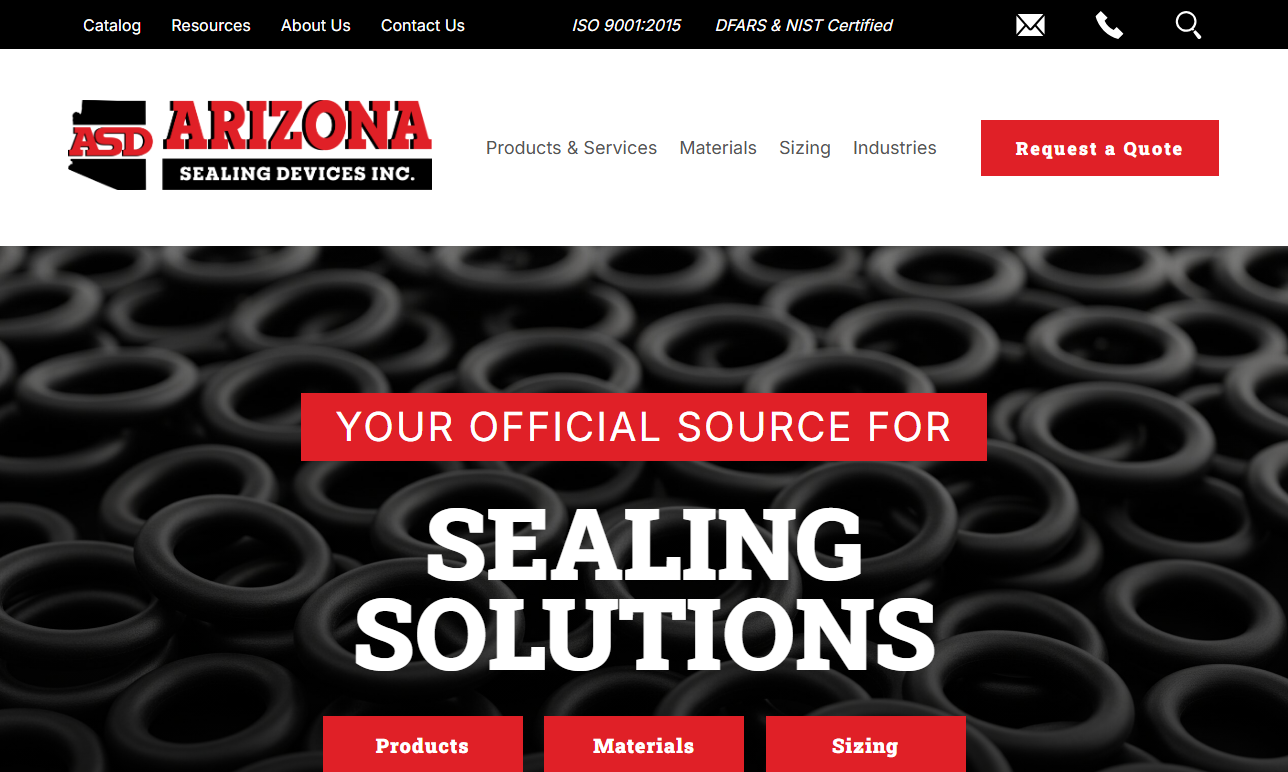
More Oil Seal Manufacturers

The sealing part, the metal case, and the spring are the standard three parts of an oil seal. The sealing component aims to prevent fluid leakage between the shaft and housing. The metal case will offer stiffness and strength as the seal is retained in the bore or recessed groove. The garter spring maintains radial force on the shaft and constant pressure, flattening the sealing edge to a specified width. In addition, the garter spring maintains the sealing lip's radial force around the shaft surface. The environment the oil seal will operate must be considered when choosing any material.
An appropriate unit load must be kept at the seal-shaft interface for these seals to work as intended. These seals can withstand 15 psi of pressure, and their performance is influenced by factors such as shaft diameter, speed, operating temperature, service circumstances, etc. Any rotating and moving parts combination must include oil or shaft seals. Oil seals are widespread in hydraulic cylinders, gearboxes, etc. The seals are also known as "dynamic oil seals" since they are used in places where motion is an issue.
- The function of the oil seals is to serve as a physical barrier that keeps the lubricant in the designated area.
- Second, they stop the lubricating oil from leaking outside despite high pressure.
- Third, it serves as a barrier to keep debris, contaminants, and other outside elements out of the system that contains the lubricating oil.
Constructional Aspects of an Oil Seal
- The inner skeleton of the oil seal, which gives it structural support, is an inner metal ring.
- Nitrile rubber and other materials, employed depending on the need, are used to make the outer skin.
- The spring on the oil seal's lip tends to support the lip while preventing leakage of the lubricant outside and the admission of foreign pollutants.
Types of Oil Seals
Double Lip Oil Seals
Along with the standard sealing lip, this also has an auxiliary lip. This type is advised for usage in polluted areas because the additional dust lip shields the main sealing lip from dust and other fine solid pollutants. Again, a sufficient lubricant should be used between the two sealing lips to achieve a long lifespan.

Advantages
- reduced likelihood of fretting corrosion
- good static sealing
- compensating for varied thermal expansions
- installation in split-housings
- modern lip design offers reduced radial forces
- effective protection against airside pollutants
- Higher bore surface roughness is permitted.
Duplex Oil Seals
Occasionally, two distinct fluids will mix after leaking from one chamber to another. This kind is advantageous in this case. This duplex-type oil seal with metal inserts is suggested for use on assemblies where it's important to avoid mixing different fluids.
Oil Seals Without Spring
This kind of oil seal may tolerate only very little speed and friction. It is advised in locations that must be sealed off from thick fluid or grease. For challenging applications, this is not advised.
Materials Used on Oil Seals
Nitrile synthetic rubber is used to make oil seals, and steel stiffener rings are used. Other rubbers like Viton™, silicon, neoprene, or poly acrylic can be utilized for particular uses. For example, brass or stainless steel stiffener rings may be used when sealing extremely corrosive fluids. For corrosion resistance, most springs are composed of spring steel that meets IS 4454:Gr.ll standards, stainless steel, or bronze.

Type A Oil Seals
The interference fit between the flexible sealing element, often strengthened by spring pressure, and a shaft leads to the sealing of lip-type seals in most cases. Fluid retention is determined based on the precise amount of lip contact pressure. Most lip seals experience increased lip contact pressure on the shaft due to higher fluid pressure in the sealed area.
Advantages
- reduced likelihood of fretting corrosion
- good static sealing
- compensating for varied thermal expansions
- Installation in split housings is permitted, allowing for a higher bore surface roughness, and a modern lip design offers minimal radial forces.
Metal-Cased Oil Seals
Metal-cased oil seals are used when affixed to a housing bore of the same material. Due to the materials' ability to operate with equal levels of contraction and expansion, leakage is prevented. Generally speaking, rubber seals cost more than metal-cased seals.
Rubber-Cased Oil Seals
Rubber-cased oil seals are the most widely used oil seal implementation when a metal-cased oil seal has a probability of failing (for example, because of thermal expansion). In contrast to oil seals with metal casings, rubber-cased oil seals cannot rust. Additionally, oil seals with rubber cases are much more effective in sealing a housing with little damage than oil seals with metal cases. Fast-expanding rubber can provide a tight fit and more stable sealability at high temperatures and pressures.
The one that is used frequently is Type R. This kind has a carbon steel insert and a rubber outside diameter. Rubber has a great sealing ability even if the housing is not entirely within tolerance. The sealing lip with spring produces obstruction on the shaft for effective sealing. The outside diameter and inner metal reinforcement casing enable press-fitting in the housing with adequate interference on the rubber to ensure static sealing.
The sealing part is made out of nitrile rubber. Thanks to this and a high-quality galvanized steel garter spring, this oil seal has the longest lifespan conceivable. To prevent leaks brought on by a hydrodynamic pumping action, the sealing lip contact area on the sleeve or shaft must be devoid of any indications of machine life.
Type B Oil Seals
Type “B” oil seals resemble an "A" style seal. But, on the other hand, this has a metal case outside. This type is preferred with rugged housing, hot environments, and demanding jobs.
Advantages
- Excellent fitting stability prevents the seal from popping out.
- Low radial forces are provided by modern lip design.
- outstanding radial rigidity, particularly for very large diameters
- suitable for usage in conjunction with an axial seal
- cost-effective for pricey elastomer materials
The outer layer of the skin often varies depending on how the oil seal is applied. Here are some materials used to make this oil seal's exterior skin.
- The material that is frequently utilized for oil sealing is nitrile rubber.
- Silicone is used in specialized applications with minimal stress.
- Polyacrylate fluoroelastomer is also referred to as Viton™ in popular culture. When temperatures exceed 120° Celsius, high temperature-resistant materials such as this are utilized.
- Polytetrafluoroethylene (PTFE)
Factors to Consider When Using Oil Seals
Several conditions must be met for the oil seals to function properly. These factors are:
- The oil seal mounting shaft should be ground with a surface finish or roughness between 0.2 and 0.8 microns. The shaft should be hardened to at least 40 to 45 HRc. to avoid groove formation on the shaft due to the spring's pressure.
- To avoid wear grooves, which typically tend to wear out the oil seal's lip more quickly, the area where the oil seal is positioned must be plunge ground.
Choosing the Correct Oil Seal Supplier
To ensure you have the most beneficial outcome when purchasing oil seals from an oil seal supplier, it is important to compare several companies using our directory of oil seal suppliers. Each oil seal supplier has a business profile page highlighting their areas of experience and capabilities, along with a contact form to directly communicate with the supplier for more information or request a quote. Review each oil seal business website using our patented website previewer to quickly learn what each company specializes in. Then, use our simple RFQ form to contact multiple oil seal companies with the same form.




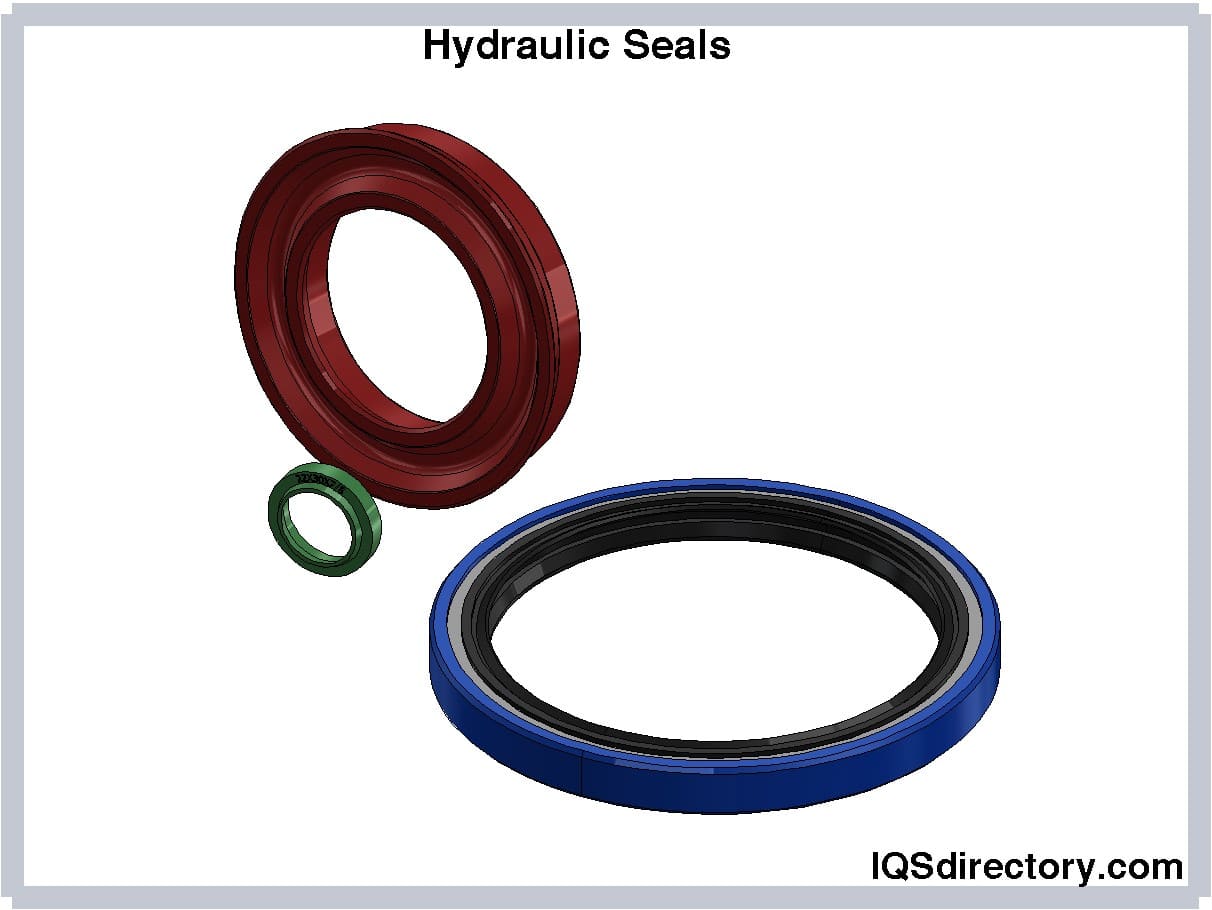
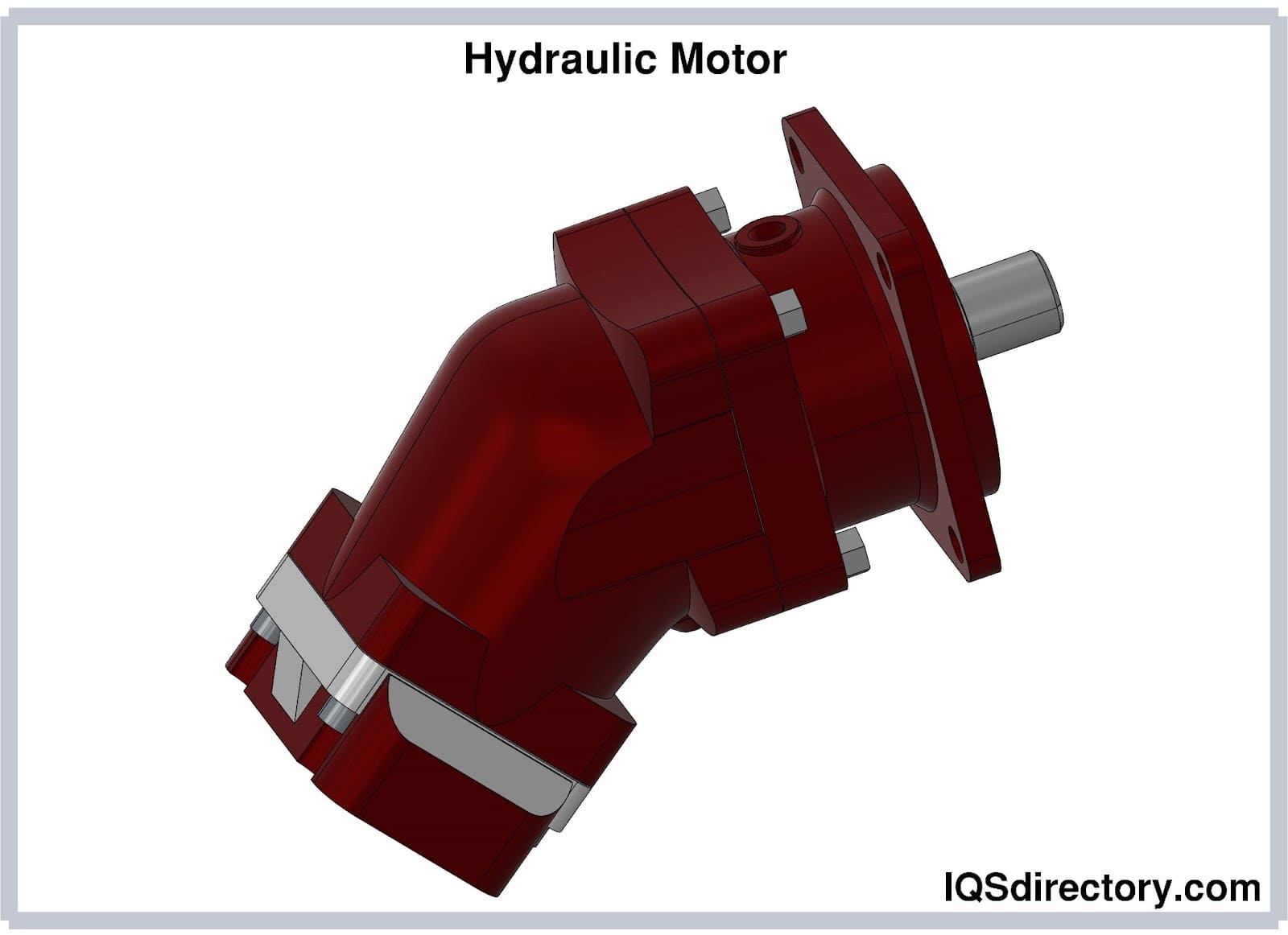
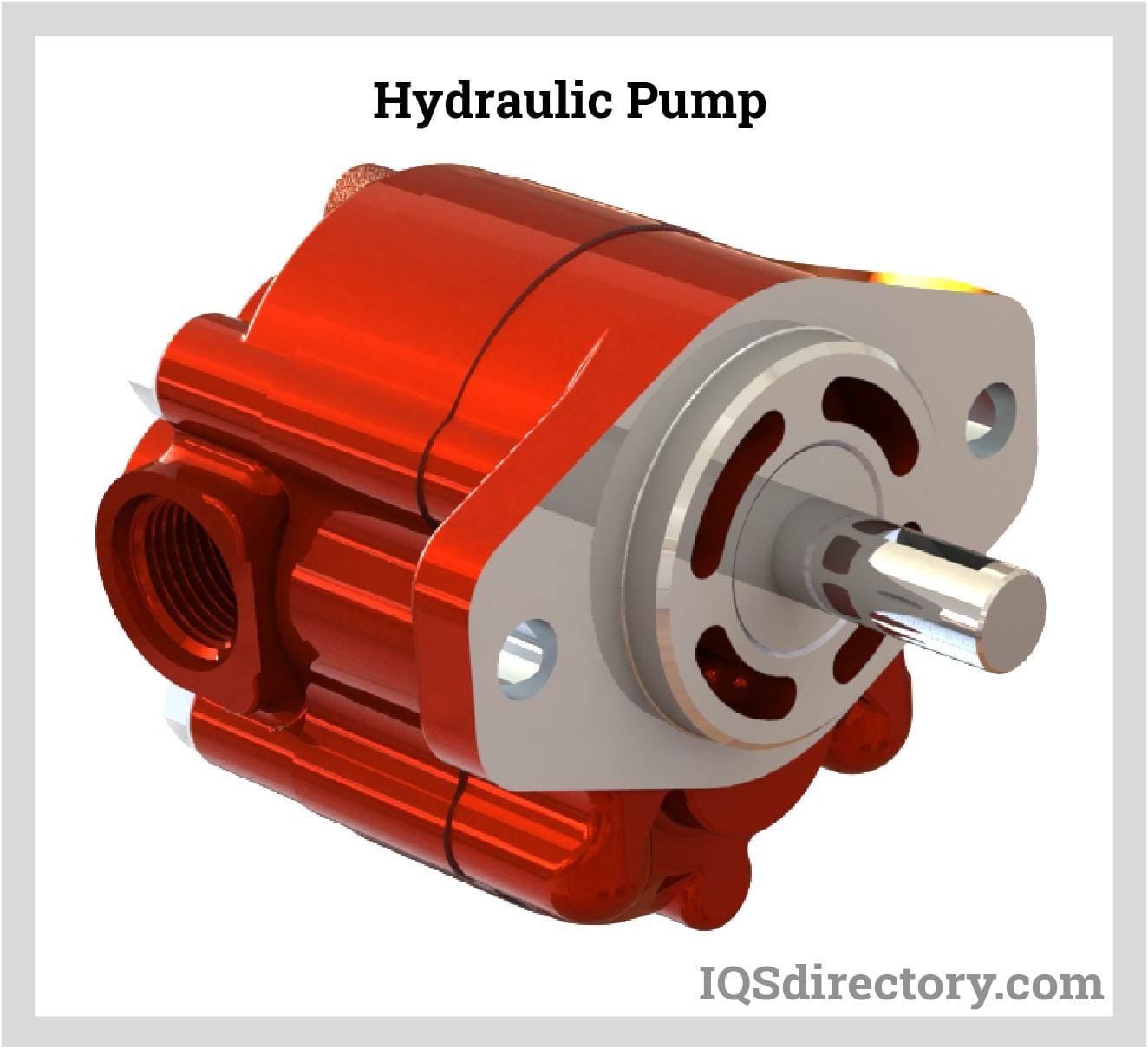
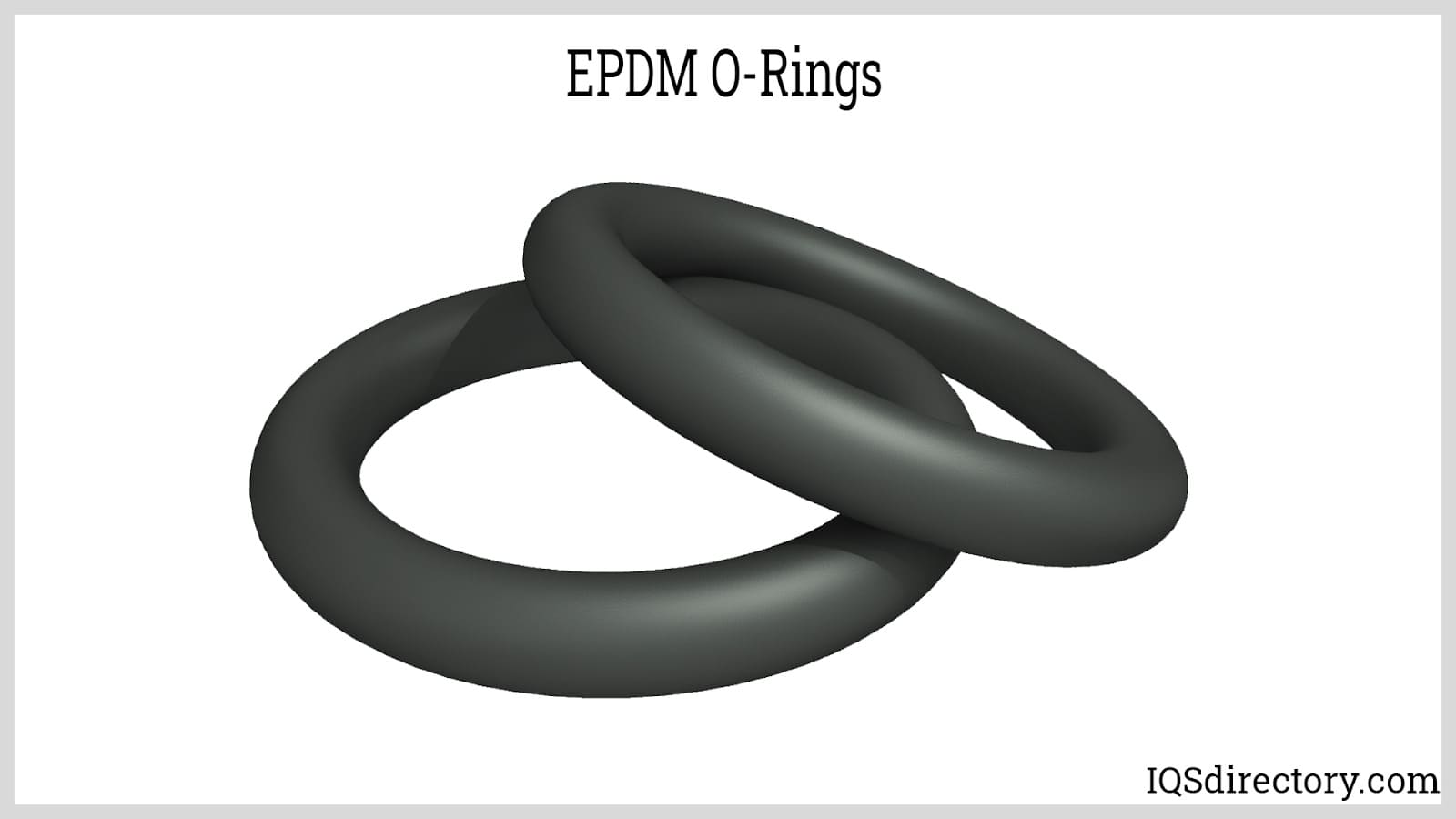
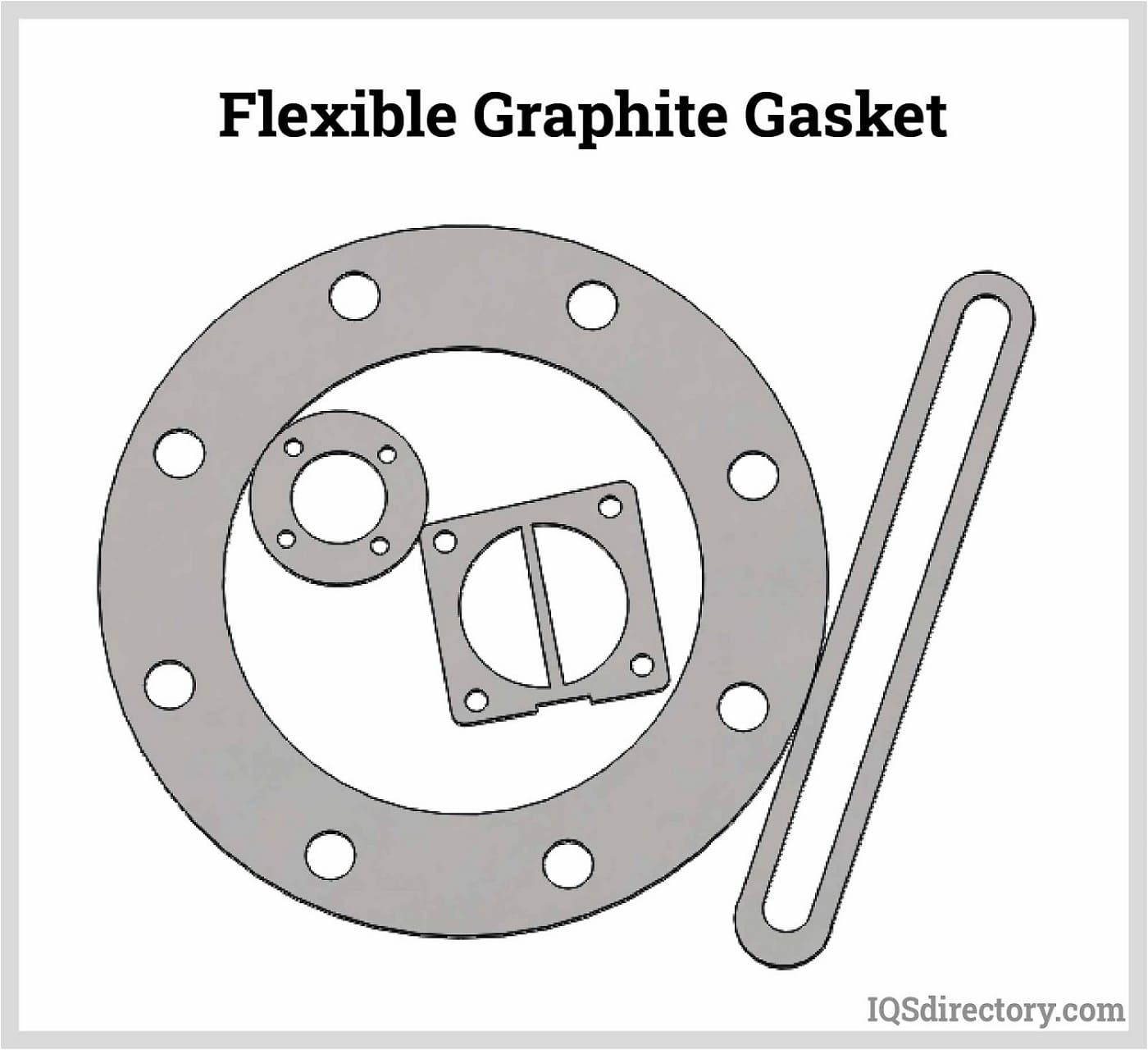
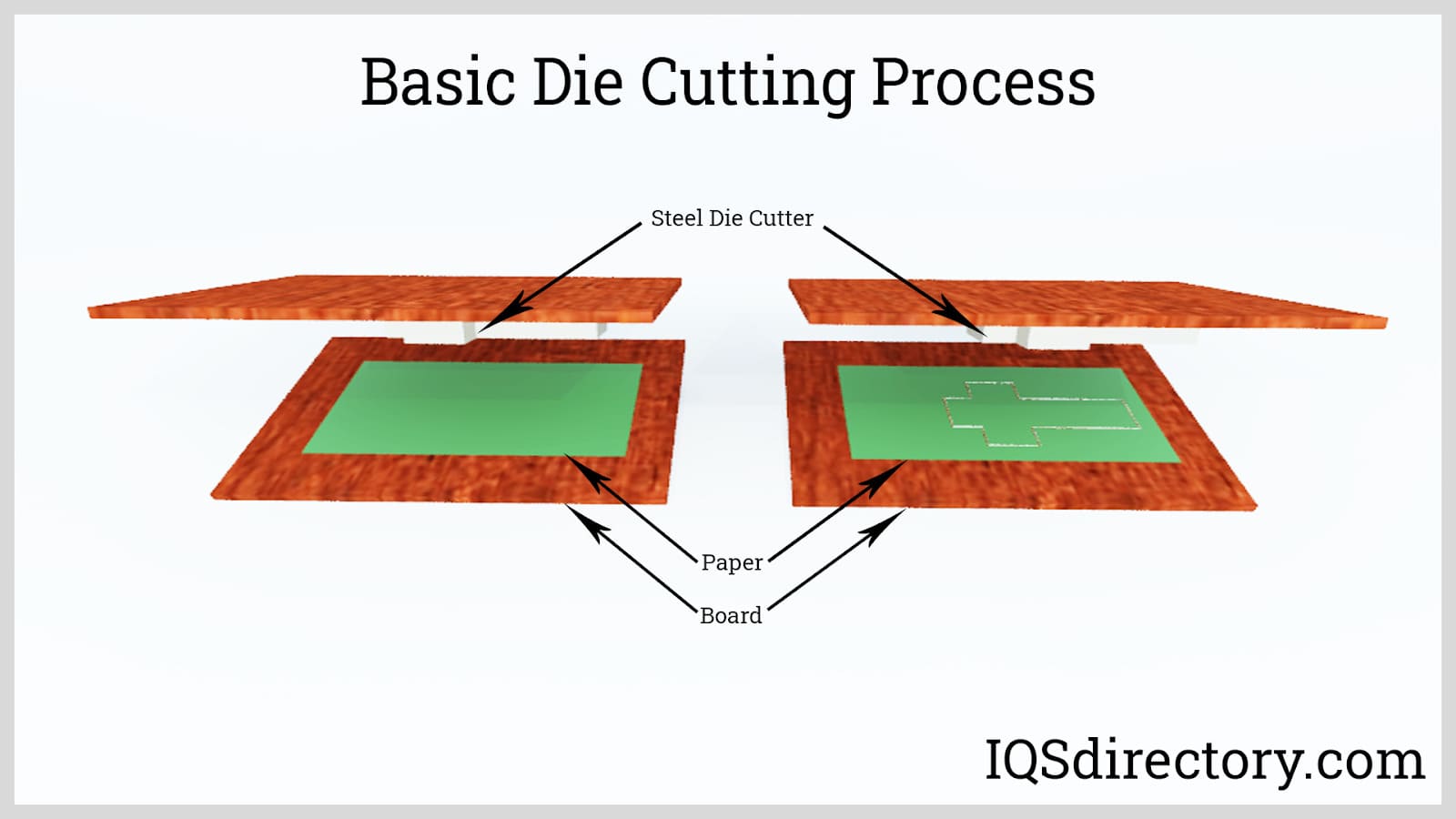
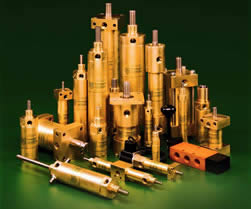 Hydraulic Cylinders
Hydraulic Cylinders Hydraulic Lifts
Hydraulic Lifts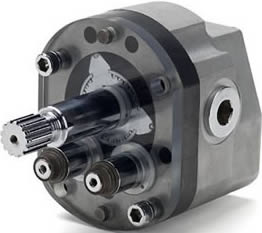 Hydraulic Motors
Hydraulic Motors Hydraulic Presses
Hydraulic Presses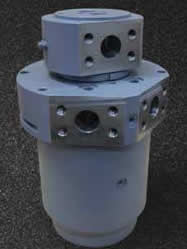 Hydraulic Pumps
Hydraulic Pumps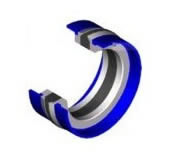 Hydraulic Seals
Hydraulic Seals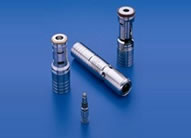 Hydraulic Valves
Hydraulic Valves Castings & Forgings
Castings & Forgings Bulk Material Handling
Bulk Material Handling Electrical & Electronic Components
Electrical & Electronic Components Flow Instrumentation
Flow Instrumentation Hardware
Hardware Material Handling Equipment
Material Handling Equipment Metal Cutting Services
Metal Cutting Services Metal Forming Services
Metal Forming Services Metal Suppliers
Metal Suppliers Motion Control Products
Motion Control Products Plant & Facility Equipment
Plant & Facility Equipment Plant & Facility Supplies
Plant & Facility Supplies Plastic Molding Processes
Plastic Molding Processes Pumps & Valves
Pumps & Valves Recycling Equipment
Recycling Equipment Rubber Products & Services
Rubber Products & Services